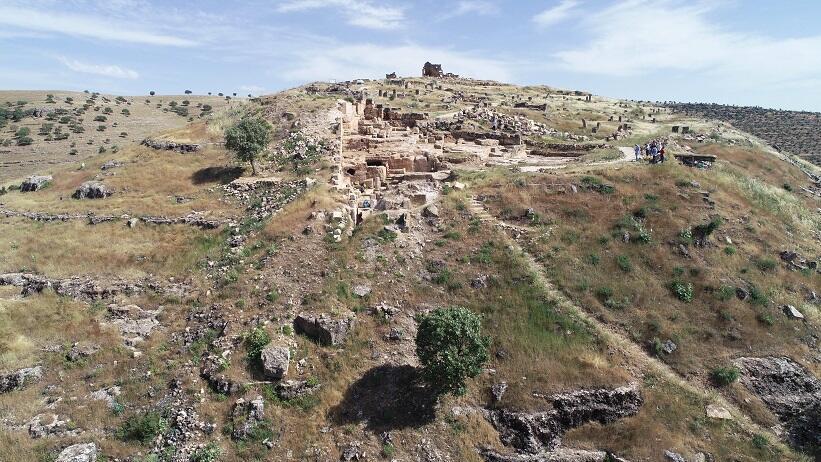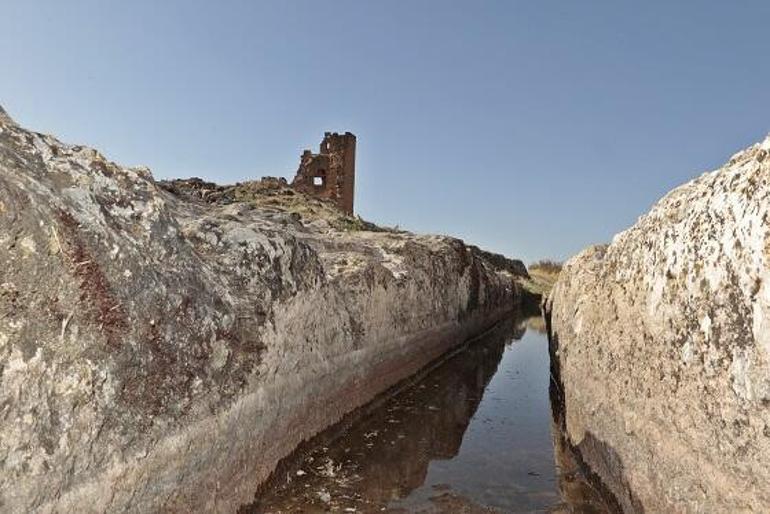
The water channels of Zerzevan Castle, a site on the UNESCO World Cultural Heritage Temporary list, built so intricately 1,800 years ago in the southeastern province of Diyarbakır’s Çınar district remains a mystery to this day.
The Zerzevan Castle, located 13 kilometers from central Çınar in the Demirölçek neighborhood, was used as a military settlement in the Roman era.
Built on an area of six hectares, the Zerzevan Castle illuminates the history of northern Mesopotamia with its 15-meter-high and 1,200-meter-long walls, 21-metre-high watchtower and church, water channels and 54 cisterns.
Tens of thousands of tons of water have been accumulated over the years in the cisterns through the water channels, which are about 8.5 kilometers long.
The Roman Empire used all the technology at that time in the water channels that have survived without losing their functions, said Aytaç Coşkun, an academic from Dicle University and head of the Zerzevan Castle excavation committee.

“The cistern takes four tons of water, but has a depth of about 21 meters. Some 80 percent of the cistern is under the ground, and after some works, all will be revealed,” Coşkun noted.
Stating that the nearest water source is located 8.5 kilometers away, the academic said how the water was brought to the castle is a mystery.
“What we know is that multi-millimeter slopes were used. The channel has a depth of 1.5 meters in some spots and the water coming from the source was brought into the castle through these passages,” he noted.
“What kind of a technology and what kind of system was used, that’s an enigma,” he added.
The military settlement is located on a 124-metre-high rocky hill on an ancient route in the strategic point between Amida, modern-day Diyarbakır, and Dara, near modern-day Mardin.
Due to its location, the Zerzevan Castle dominated the whole valley, and thus was a key Roman garrison and a scene of great military confrontations between the Romans and the Sassanians.